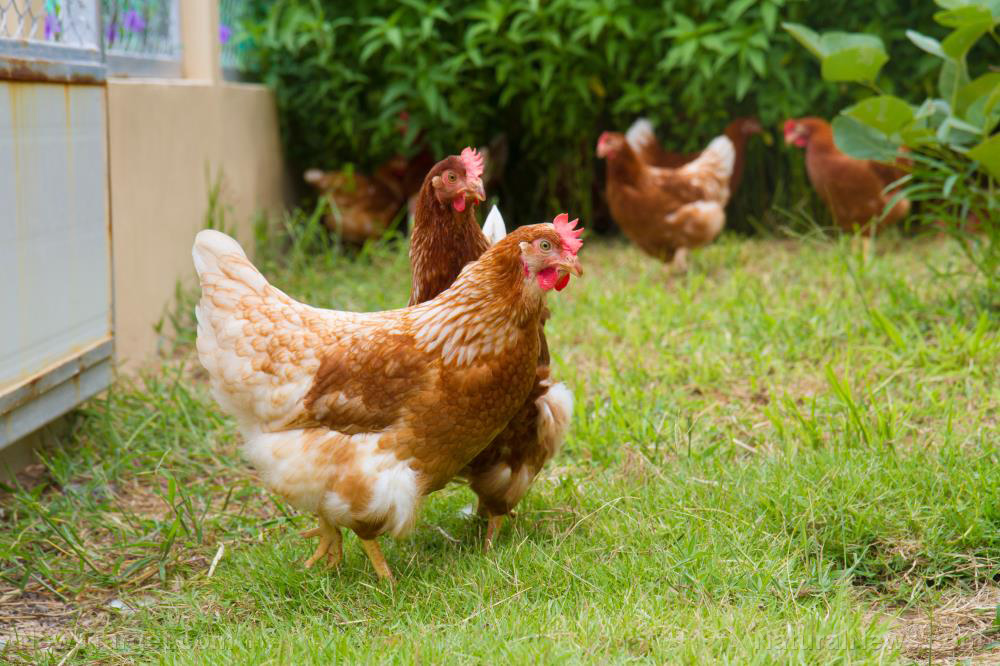Think like a pioneer: When prepping your stockpile, remember the old ways
07/17/2019 / By Zoey Sky

Your food supply is crucial for your survival when SHTF. By learning how to store your supplies the same way the pioneers did, you can extend the shelf life of various food items. (h/t to PreppersWill.com)
American pioneers preserved and stored as much produce as they could to ensure that they had access to enough food for the whole family when winter came. Common food preservation methods included salting and canning.
Even though you have access to modern tools for easier food preservation, you should still learn a thing or two from hardworking pioneers. Storing food properly keeps your supplies fresh, which is essential if SHTF, especially if stores are inaccessible due to bad weather conditions and you can’t count on your survival garden for fresh produce.
Detailed below are the different methods that the pioneers used to store their food supplies properly and prevent spoilage.
Dried beans
Dried beans are a good source of protein, and they will last for years if stored properly. The pioneers stored dried beans in sacks that were raised off the floor.
Beans can be eaten on their own or with tortillas. A bean-based dish would include beans and biscuits or beans and bread with some meat.
Dried meat and canned fruit
Drying is one of the oldest techniques used to preserve food. The Native Americans used drying to preserve strips of buffalo, elk, and rabbit meat under the sun.
The American pioneers dried their meat by draping it on the side of their wagons. Dried fruit was another popular trail food because it was nutritious and it offered variety to a dull diet.
Canned fruits were stored in cool, dark areas. (Related: Food storage tips and tricks for preppers.)
Corn
Pioneers grew their own corn, which was dried and used to make cornmeal.
Eggs
The pioneers used paraffin wax to preserve eggs, and this old-fashioned technique can come in handy when SHTF and you lose power in your homestead.
In late summer and fall, pioneers collected eggs as soon as they were laid. The eggs were either brushed or dipped in molten wax. Two coats of wax gave eggs an airtight seal that stopped bacteria from growing and spoiling the eggs.
Waxed eggs stored in a cool room lasted for at least six months. Before using the eggs, the pioneers stripped the wax coating and the eggs were placed in a bowl of cold water.
If the egg sank to the bottom, it was still good. However, a floating egg means it has already gone bad. The more time that has elapsed between laying and waxing, the more likely an egg is going to spoil.
Cheese
Dairy products are highly perishable. To address the lack of refrigeration during their time, pioneers preserved hard cheese using paraffin wax.
First, they melted paraffin wax, then they used a brush to coat hard cheeses. They applied two coats to cover holes where air can get in and cause spoilage.
After hard cheese is sealed in wax, it can be stored for a long time in a cool room. Covering cheese in wax also helped develop its flavor.
Salt
Salt is a highly valued food item and it was used as a basic seasoning. The pioneers also used salt to preserve meat and other perishable foods.
Vegetables
The pioneers kept root vegetables like beets, carrots, and turnips in a root cellar to preserve their freshness. These root cellars were fully underground – either under the house or dug into a nearby hillside.
Other types of root cellars were partly underground, with the roof and walls covered in a thick layer of earth. There were also root cellars that were completely above ground, like in areas where the ground was too rocky for digging.
Before SHTF, prepare your survival stockpile and learn simple methods of food preservation. You never know when you’ll need to preserve food without electricity or modern tools.
Sources include:
Tagged Under: canned food, dried food, emergency food, food drying, food stockpile, Food storage, food supply, green living, grocery, home canning, homesteading, off grid, pantry, pioneers, preparedness, prepper, prepping, salt, self sufficiency, self-reliance, SHTF, survival, survival food, sustainable living
RECENT NEWS & ARTICLES
EmergencyFood.News is a fact-based public education website published by Emergency Food News Features, LLC.
All content copyright © 2018 by Emergency Food News Features, LLC.
Contact Us with Tips or Corrections
All trademarks, registered trademarks and servicemarks mentioned on this site are the property of their respective owners.


















